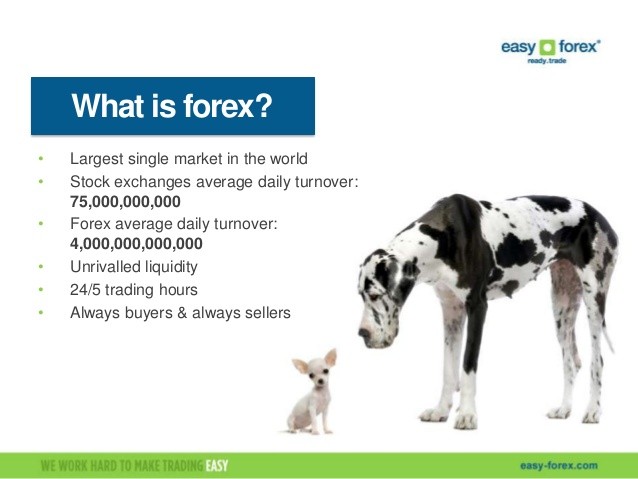Introduction to FX options
Post on: 4 Июнь, 2015 No Comment

Global Head of FX Options & Forward Trading / Saxo Bank
Denmark
When we trade FX spot we buy one currency and sell another at whatever the market price is right now. If the currency we bought rises in value against the currency we sold we make money and conversely if the value falls we lose money.
An option on the other hand is about trading the currency pair in the future and only if the price is in our favour. That is, it is the possibility of trading the currency pair in the future at a certain price but is not an obligation to do so. Using the opportunity to trade is called: to exercise the option. For example a call option is the right to buy a currency pair at a certain date in the future (referred to as the expiry of the option) at a certain price, which is known as the strike of the option. To exemplify the concept let us say that today the EURUSD is trading at 1.3500 and we would like to buy the currency pair at that level if it rises over the next week. We could then buy a call option with a strike of 1.3500 that expires in one week. If the EURUSD is above 1.3500 in one week we can then exercise the option and buy the EURUSD at 1.3500. If the EURUSD instead is below 1.3500 we do not exercise the option, as we could always buy the EURUSD cheaper in the market.
Likewise, a put option is the right to sell a currency pair at a certain date in the future at a certain price. Following the example above we would then exercise the put option if the EURUSD is below 1.3500, that is sell the EURUSD at 1.3500 and do nothing if the price is above the strike.
Basically the option gives the upside potential on a trade without the down side risk. In order to get this we have to pay a price for the option. In the call option example the price of the option could be 80 pips. So in order for the option trade to make money the EURUSD would have to rise above 1.3580. This level is known as the breakeven level for the option. Notice that we still exercise the option if the spot is below the breakeven point but above the strike. For example if the spot is at 1.3550 at expiry we buy the EURUSD at 1.3500 making the 50 pips up to the current spot price, but the option cost us 80 pips so we lose 30 pips in total. An illustration of the total P/L for the option is presented in figure 1.

Figure 1. The Figure illustrates the P/L (blue line) on a call option strike 1.3500 and a price of 80 pips.
As with all currency trading you will usually trade more than one unit of the currency pair. In this case we talk about the premium of the option. The premium is the total amount the option cost you. For example, if the above call option is to buy 1,000,000 EURUSD, known as the notional of the option, then the premium is 80 pips * 1,000,000 which is USD 80,000. Notice that the premium is the maximum amount you can lose buying an option.














